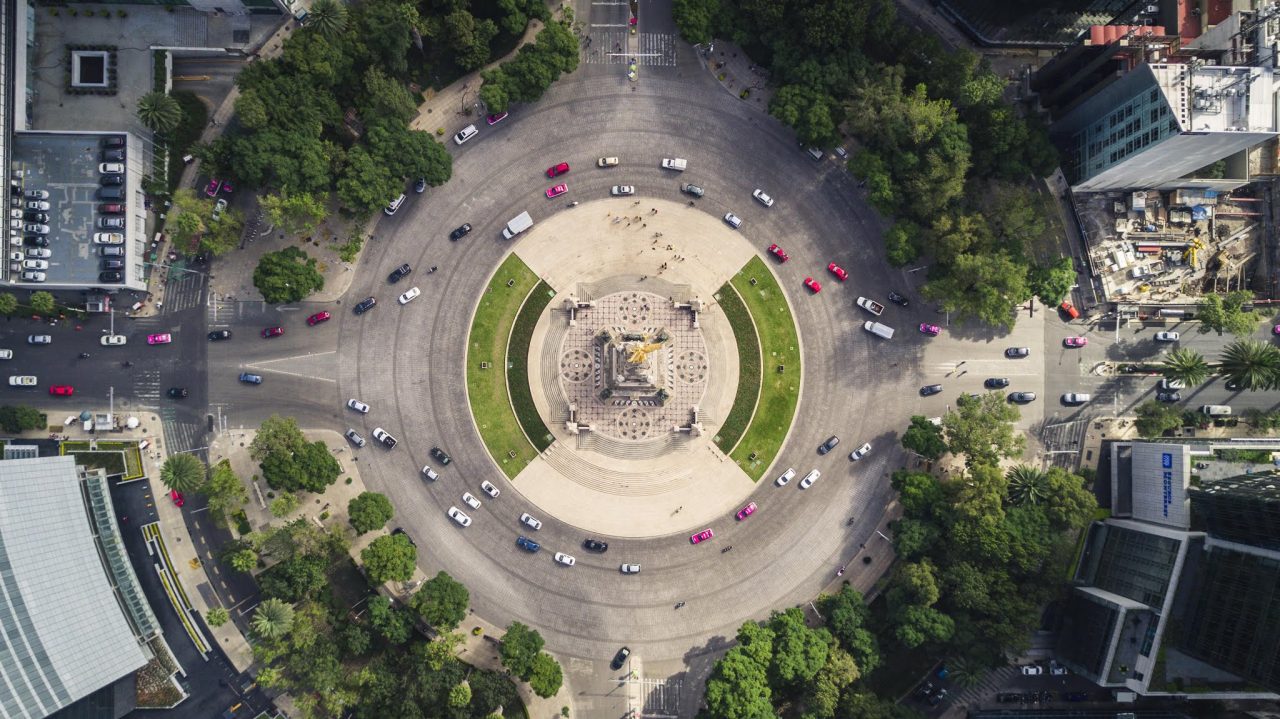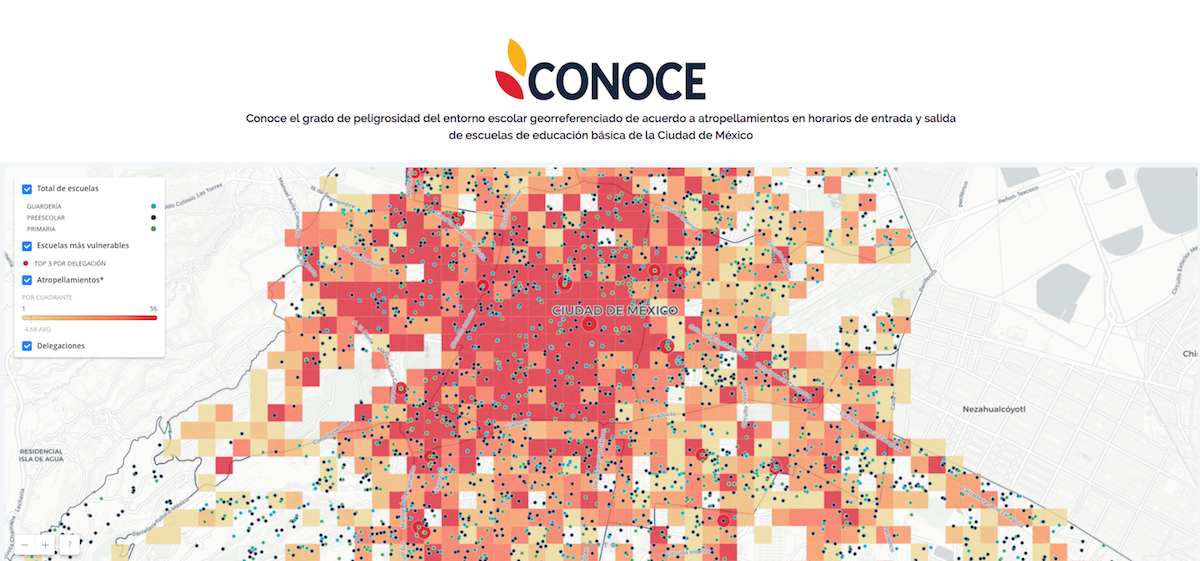
How Data-Driven Initiatives can Save Young Lives
In one of the largest cities on the planet, a lot of things happen every day. Mexico City is one of the largest megalopolis in the world, and where adequate sensorization could make it an ideal laboratory for the use of data for the good of its citizens. Furthermore, the city could encourage public participation in data-driven initiatives. One such everyday story involves Yesenia González. In 2015 Yesenia and her husband and daughter were almost killed near school by a car trying to avoid traffic while driving at full speed in the wrong direction.
Yesenia, a business analytics specialist at BBVA Bancomer, decided to learn more about the statistics involving children at risk of being hit by a car on their way to school. She discovered that some years earlier, in exactly the same spot, a person had died in a traffic incident. She furthermore learned that road accidents in the capital are the leading cause of death in children between ages 1 and 14.
Yesenia’s analytical curiosity led her on a journey in search of data that could describe a problem affecting children all over the city. In collaboration with the non-profit Liga Peatonal and a team of researchers from Universidad Autónoma de México, she unsurfaced data unbeknownst even to urban planners in Mexico City. For instance, they unearthed hospital data that allowed them to geolocate more than 6.000 accidents involving pedestrians. Only data that could be georeferenced was used – around 20% of the total. Next, they began the tedious job of cleaning, standardizing and structuring the different sources of gathered information. Even the apparently ‘easy’ process of adding the geolocation of the majority of schools in Mexico City was far from straight-forward, and required a considerable degree of cleaning, correcting duplicates and adding references. With the data at hand, the picture became somewhat clearer. By overlapping the density of traffic accidents and schools, the team was able to identify those schools which posed the greatest risk to students.

With funding from The Bernard van Leer Foundation, Yesenia collaborated in the effort to gather and represent data that was hidden amongst a cumbersome system of sources. They created a website named Caminito de la Escuela where they rank safety for school children in Mexico City. The site follows the same structure that every open data project should keep in mind when analyzing data for social good. The navigation invites the reader to take the following steps: “Learn”, “Evaluate”, “Empower Yourself” and “Transform”. The site unveils a problem hidden among dispersed data that now has allowed schools to take action to limit the dangers of dense traffic during school hours.
Citizens and volunteers have acted by marking out the most dangerous intersections in the city. This has helped raise awareness of the problem among parents, children, and motorists during rush hours. In addition, a number of schools have implemented measures to limit accidents.
“Our work shows how important initiatives of open data and open government are in order to adopt responsible policies that protect the most vulnerable in our society”, says Yesenia in a sit-down with BBVA Data & Analytics to talk about the potential of using data for social good. “The media awareness created pressure to allow intervention in the most dangerous areas. Data can save lives”, adds Yesenia.
Yesenia’s work shows the importance of possessing actionable, well-structured open data that citizens and organizations alike can use in conjunction with other sources. Nowadays, Yesenia and other fathers and mothers continue fighting for themselves against this problem, looking for new ways of collaboration.
As a result, we would be able to enrich our worldview, uncover problems, and discover data-based solutions. In places such as the European Union, where open data is somewhat more complete and governed and supported by laws, the availability of data makes these kinds of initiatives even more viable and impactful.